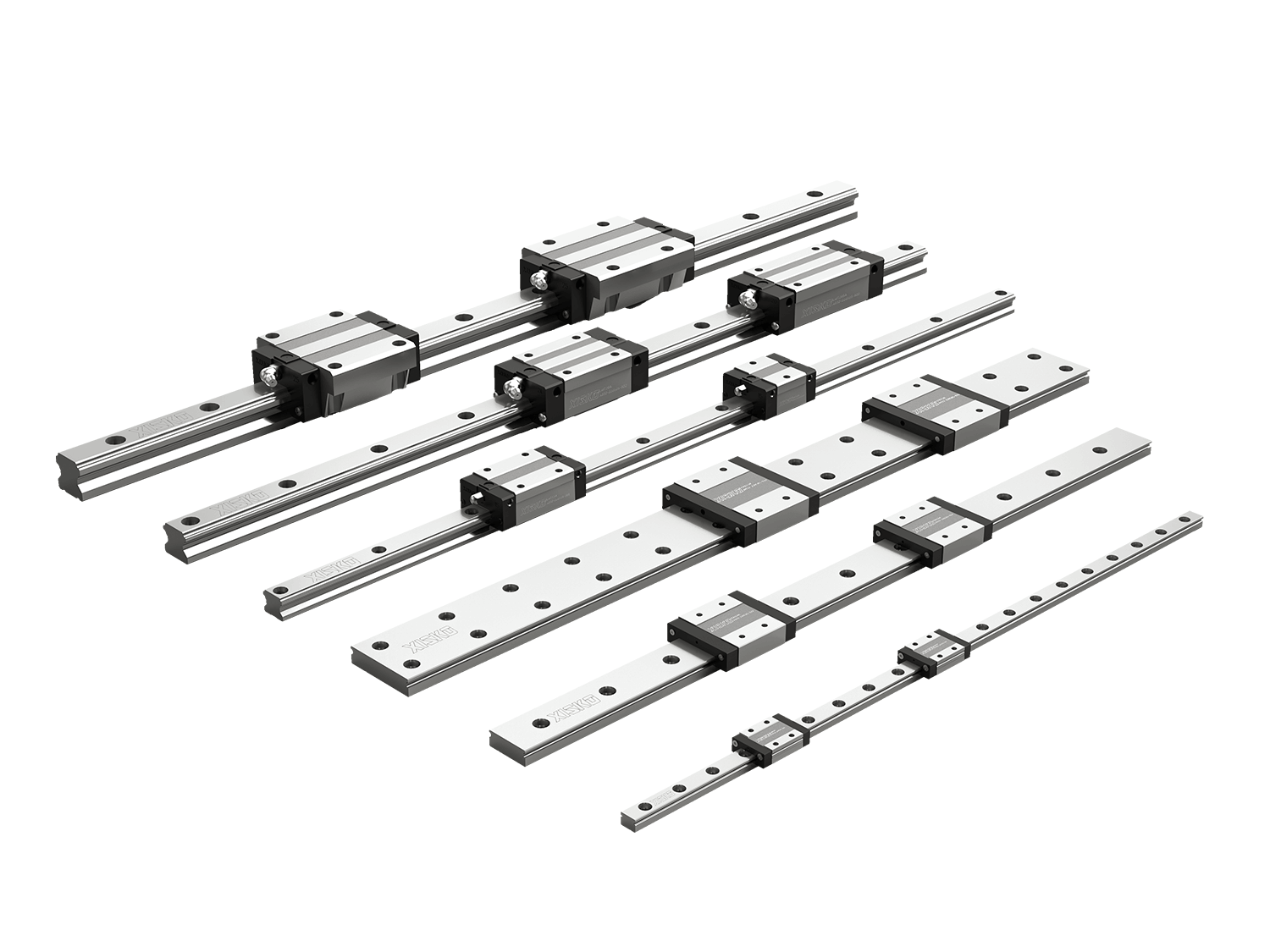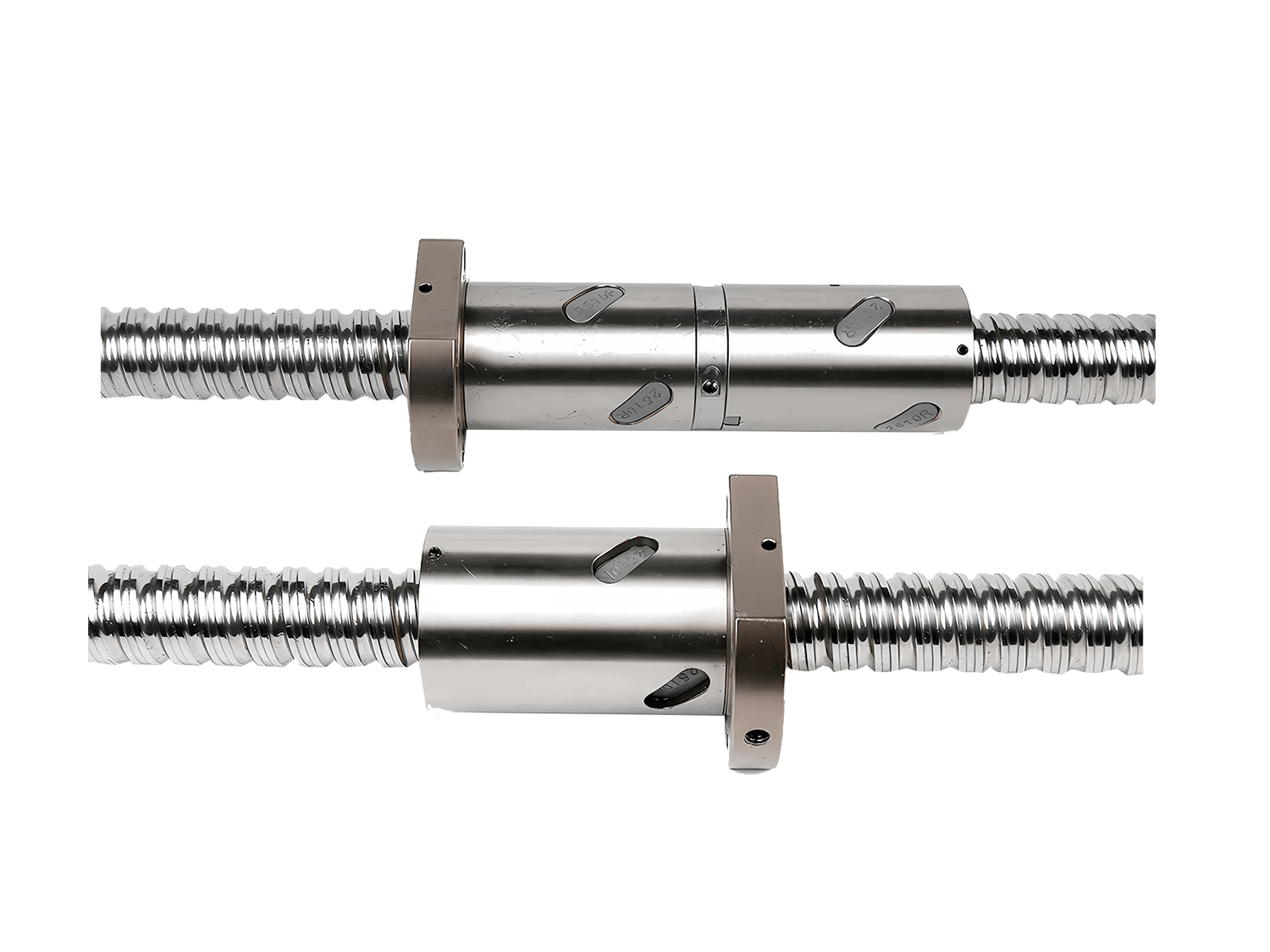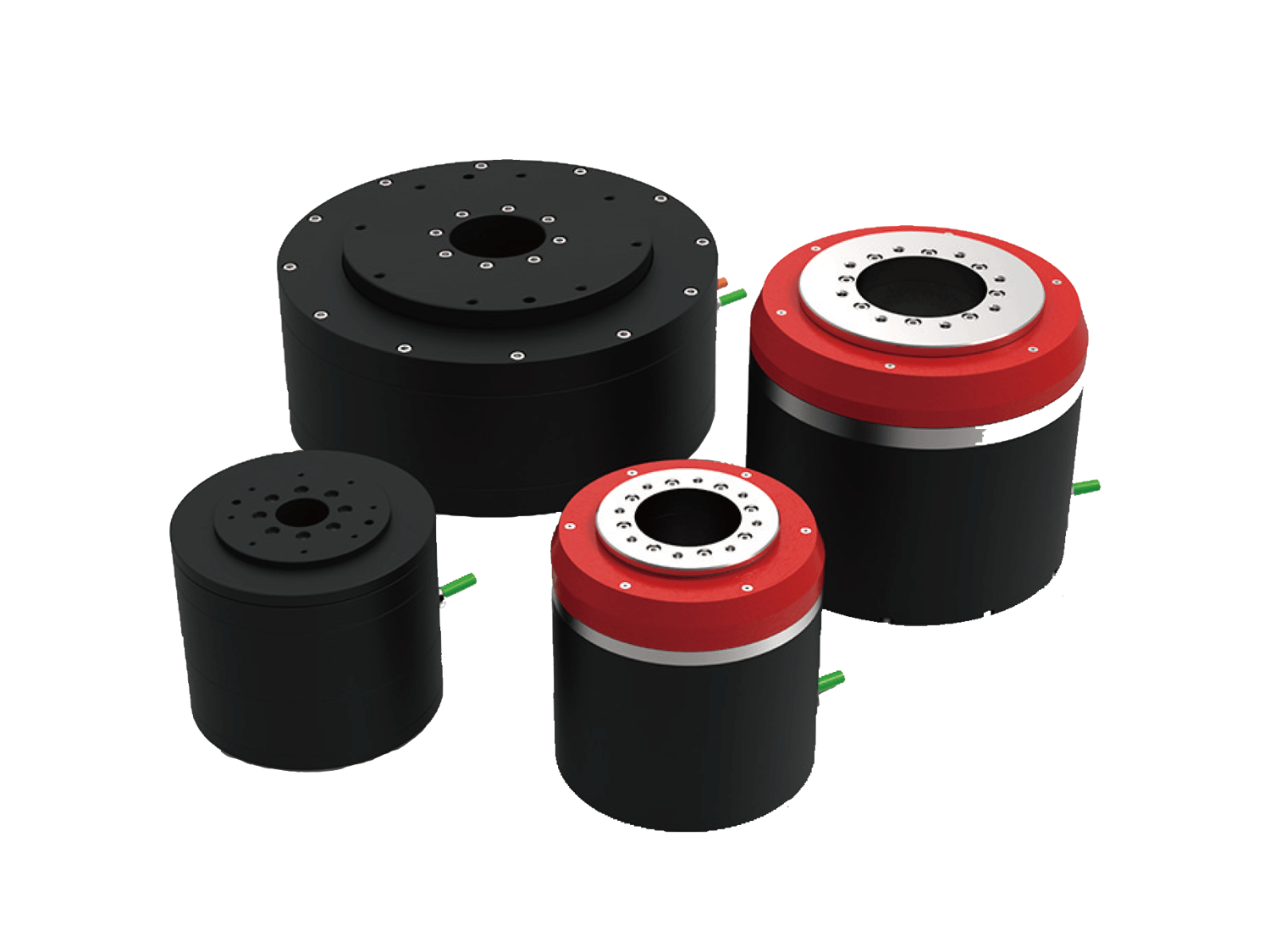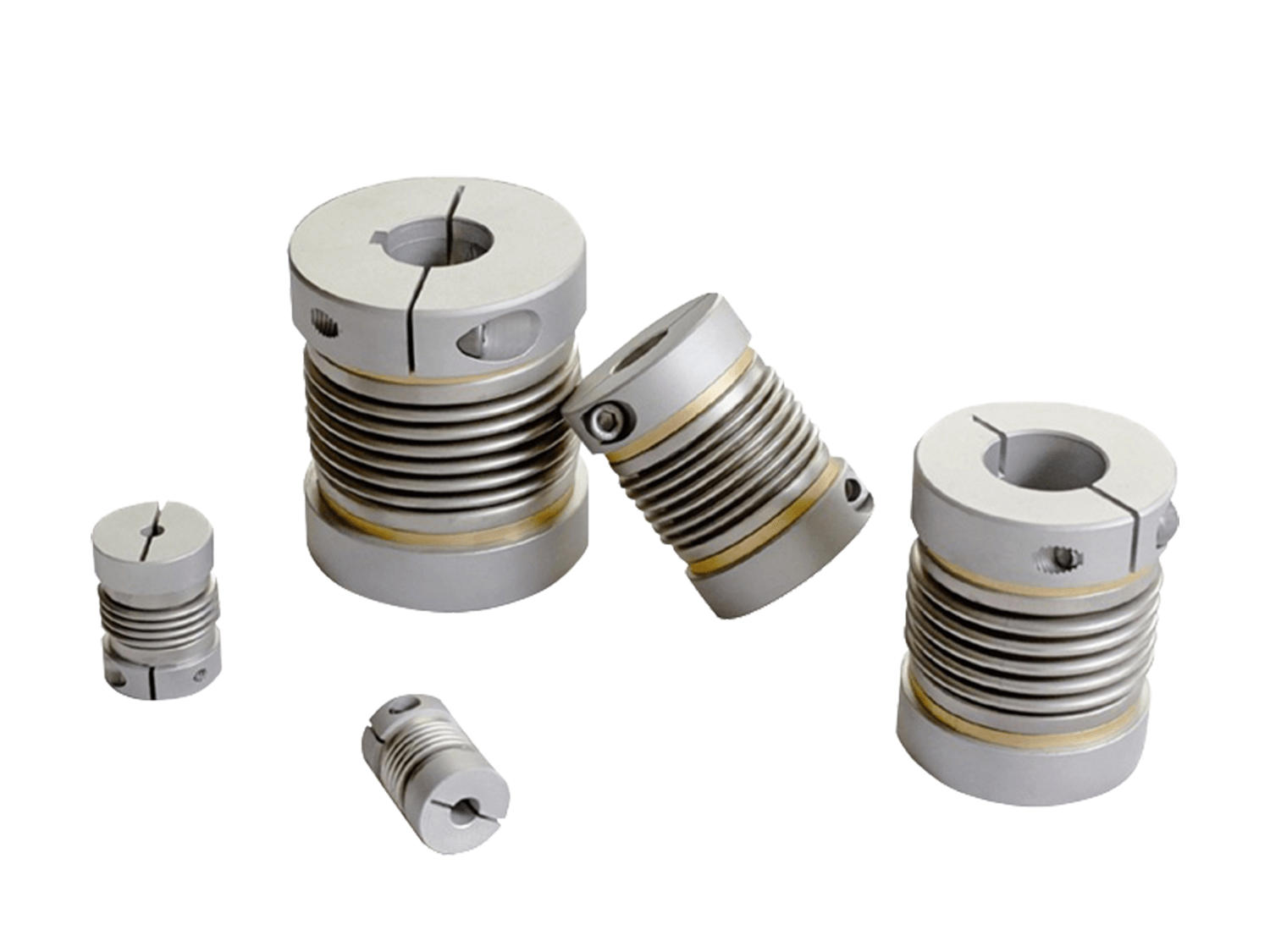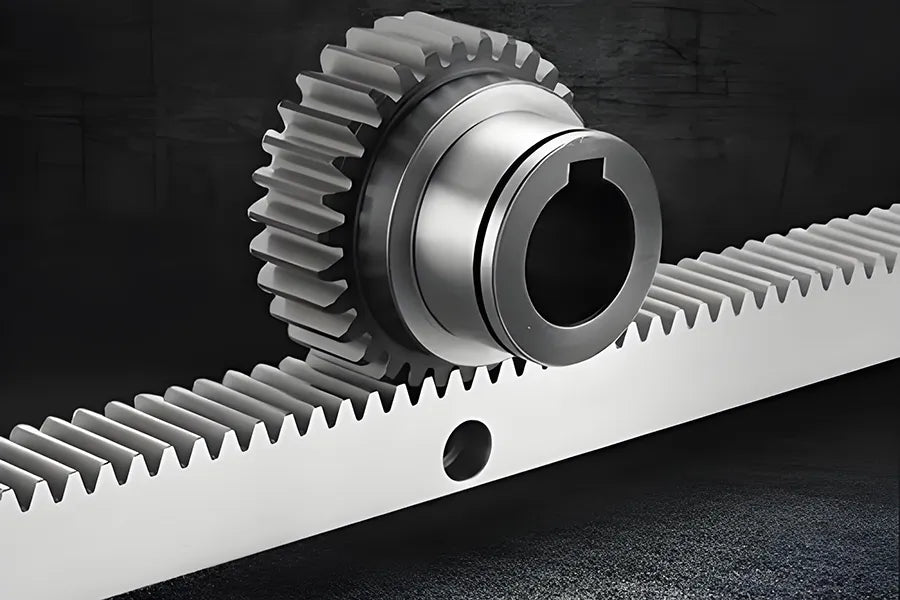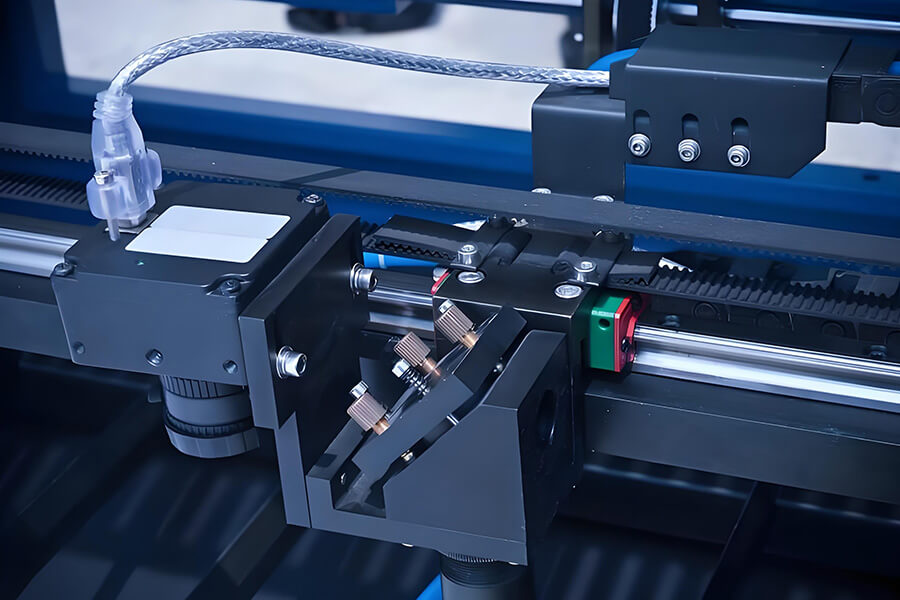Racks, as a common mechanical transmission element, are widely used in automated equipment, machine tools, robotics, transport machinery, and lifting devices. The meshing of racks and gears enables the conversion between linear and rotational motion. Racks are primarily categorized as s and helical racks, depending on the tooth profile angle. These racks differ significantly in structure, performance, and application scenarios. This article will analyze the differences between spur and helical racks from multiple perspectives to help users make more informed choices.
1. Linear and Helical Gears
1.1 Linear Gear Racks
Spur gears, as a common gear transmission device, are widely used in fields such as mechanical engineering, automotive engineering, aerospace, and motorcycles. They utilize two meshing gears—one driving and one driven—to efficiently transmit speed and torque, providing power for various mechanical systems.
1.2 Helical Racks
Helical gears are not exactly helical gears. Rather, they are the meshing method of two helical gears, distinguished by the different directions of force transmission in space. Similar to spur gears, helical gears can be used to increase transmission load capacity by reducing the center distance a, allowing for high-speed operation. Helical gear reducers are a novel type of reduction transmission device. They are compact, lightweight, and economical.
2. Differences in Transmission Characteristics
2.1 Meshing Smoothness
Linear gear rack: Due to the instantaneous full contact of the tooth surfaces, they are prone to shock and vibration, resulting in relatively high operating noise.
Helical racks: Due to the gradual engagement process, the contact area gradually increases, resulting in smoother transmission and less vibration.
2.2 Load Capacity
Spur racks: They have relatively low load capacity and are more suitable for medium and light loads.
Helical racks: Due to their larger contact area, they can withstand higher loads and are often used in heavy-duty equipment.
2.3 Transmission Efficiency
Linear gear rack: They have higher transmission efficiency due to their reduced tooth surface friction.
Helical racks: Due to the axial force component, friction increases, resulting in slightly lower efficiency, but this is not a significant issue in most applications.
3. Differences in Installation and Usage
3.1 Linear Gear Racks
Linear gear racks are easy to install and require relatively low precision, making them suitable for applications with limited space or moderate precision requirements.
3.2 Helical Racks
Due to the presence of axial forces, additional support and bearing structures must be considered during design and installation to offset axial thrust. While installation precision is higher, performance is more stable once properly installed.
Summary
Linear gear racks and helical racks are two common rack types, each with its own unique structural characteristics and application advantages. Straight racks are primarily characterized by low cost and simple installation, making them more suitable for general industrial applications. Helical racks, on the other hand, offer smooth transmission, high load capacity, and low noise, making them more suitable for high-precision, high-load applications.
